Netflix’s Jerry Springer: Fights, Camera, Action pulls back the curtain on the chaotic legacy of The Jerry Springer Show, offering bombshell revelations that even longtime viewers might find jaw-dropping.
From behind-the-scenes manipulation to Springer’s unexpected political roots, the documentary redefines what we thought we knew about this infamous talk show.
What Was Jerry Springer Before Becoming a Talk Show Icon?
It’s hard to imagine Jerry Springer as anything but the ringmaster of daytime chaos, but his career started far from the glitz and shock of TV. As the Netflix documentary reveals, Springer’s journey began in politics.
From serving on Cincinnati’s City Council to becoming the city’s mayor in 1977, Springer was once a respected public servant. He even ran for governor of Ohio in 1982, though his campaign fell short.
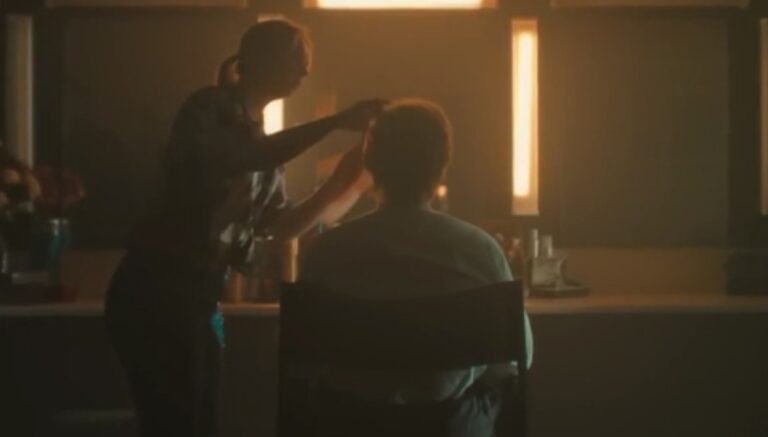
His early foray into political talk shows reflected his ambitions, but the low ratings forced a drastic shift in direction. Enter Richard Dominick, the executive producer who reinvented the show, steering it toward the explosive and outrageous format we know today.
Despite initial resistance, Springer embraced this transformation, trading political aspirations for the sensationalism that would skyrocket The Jerry Springer Show to daytime dominance. It’s a stark contrast—one that makes his evolution all the more fascinating.
How was Jerry Connected to the Controversies?
The authenticity of the chaos on The Jerry Springer Show has been questioned for years, and the documentary delivers some revealing answers. According to insider accounts, many of the conflicts were far from organic.
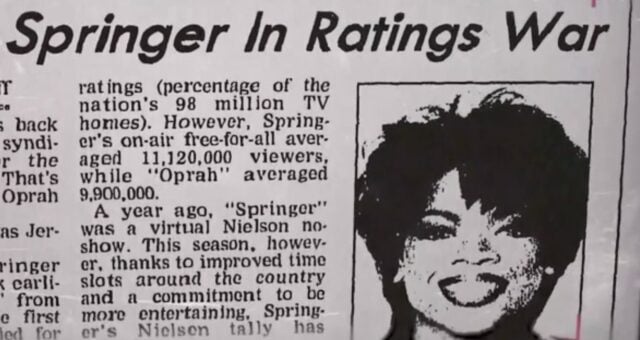
Guests were often coached, with producers exploiting personal vulnerabilities to incite explosive reactions on stage. The documentary describes how producers would identify what would provoke a guest most and use it to raise the stakes, creating moments of high drama that felt too wild to be true.
Interestingly, Jerry Springer himself was reportedly unaware of the depth of manipulation happening behind the scenes. This detachment made it easier for him to defend the show’s integrity publicly. While some elements were authentic—real-life relationships and disputes—the layers of orchestration blur the line between reality and entertainment.
How Did the Show Survive Constant Backlash?
From priests to parents, critics came out in droves to condemn The Jerry Springer Show. Dubbed “trash TV” by detractors, the show faced relentless protests over its explicit content, violence, and vulgarity.
The documentary highlights how studio executives even considered canceling the show during its peak controversy. Instead of caving to pressure, however, the team doubled down on the shock factor.
Rather than sanitize the content, the show leaned into its reputation, drawing even more attention—and ratings. This decision cemented its place in pop culture but also ensured it would never outgrow its critics. The combination of outrage and fascination created a polarizing phenomenon that kept viewers tuning in for nearly three decades.
What Broke the Producer’s Spirit?
One of the most shocking and heartbreaking stories in the documentary involves producer Toby Yoshimura. Tasked with finding guests willing to bare their souls and air their dirty laundry, Yoshimura often worked grueling hours, sometimes sleeping in the office.

But his breaking point came during a particularly traumatic incident involving a sex worker and her father. According to the documentary, the woman contacted Yoshimura, pleading for help as her father repeatedly solicited her services under duress from her employers.
Yoshimura arranged for them to stay in separate hotels, only to find the father in his daughter’s room during a welfare check. The experience was too much for him, leading him to quit the show on the spot.
Though he returned for two more years, the incident left a lasting scar, highlighting the toll such work took on those behind the scenes. It’s a raw glimpse into the darker side of producing what many dismissed as mere entertainment.
Why Did Jerry Springer’s Legacy Divide Audiences?
While Springer became synonymous with sensationalism, the man himself was an enigma. Lovable and relatable on-screen, he maintained a surprising level of dignity despite hosting one of TV’s most controversial programs.
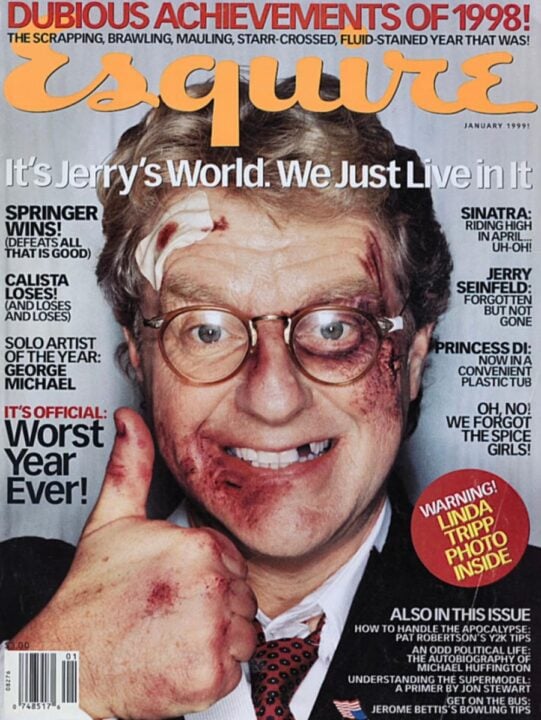
Yet his detachment from the chaos—whether intentional or circumstantial—adds complexity to his legacy. The Netflix documentary doesn’t just rehash the scandals; it explores the human cost of creating a cultural juggernaut.
From shattered producer morale to the ethical gray areas of exploiting vulnerable guests, the show’s impact extends far beyond its infamous brawls and salacious storylines.
Final Thoughts
Jerry Springer: Fights, Camera, Action doesn’t just revisit the controversies of The Jerry Springer Show—it redefines them. By exposing the calculated chaos behind the curtain, the documentary forces viewers to question how much of what they saw was real and at what cost. Whether you loved or loathed the show, these revelations offer a fresh perspective on its lasting impact—and the man at its center.
About Jerry Springer: Fights, Camera, Action
Jerry Springer: Fights, Camera, Action, released on Netflix on January 7, 2025, explores the infamous talk show’s sensational rise and cultural impact. Featuring interviews with key players like producer Richard Dominick and journalist Robert Feder, it delves into the 1990s heyday of shocking segments like “Stripper Wars” and the controversial guest dynamics.
The documentary reflects on the moral compromises, behind-the-scenes manipulation, and Springer’s own mixed legacy. While showcasing archival footage, it questions the show’s role in shaping trash TV and its parallels to internet culture today. This retrospective captures the chaos and consequences of an era-defining phenomenon.
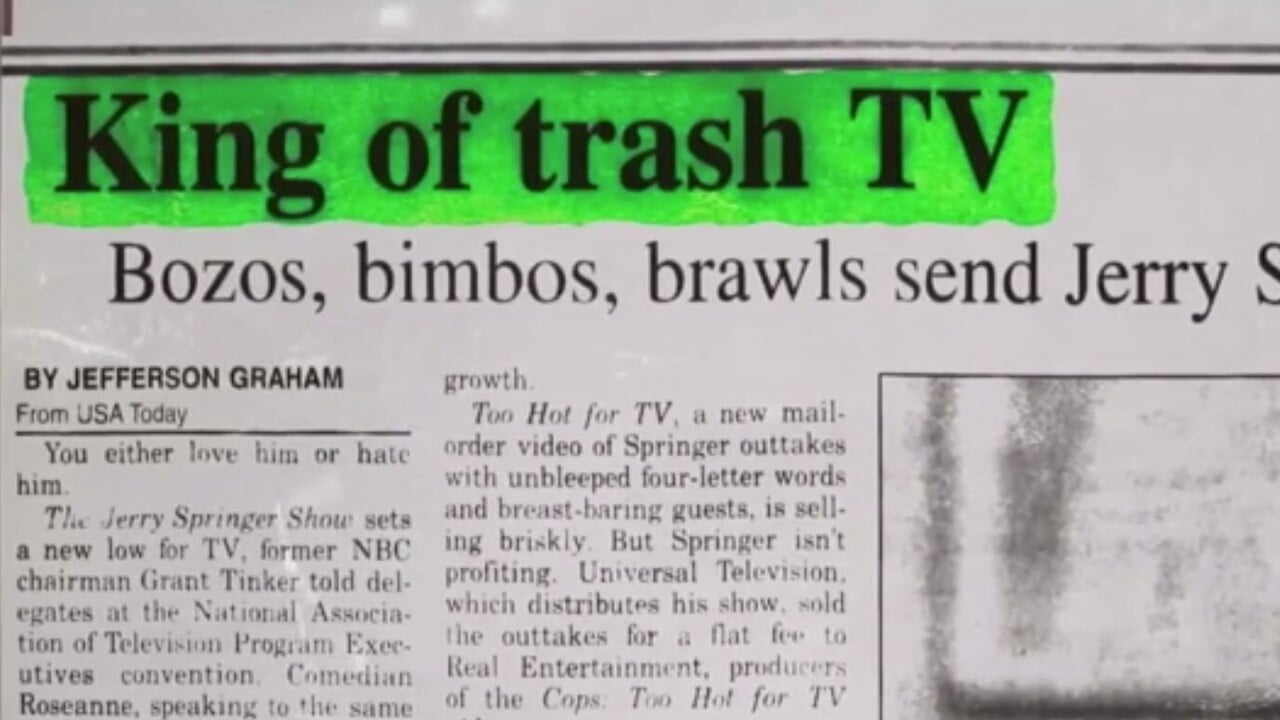
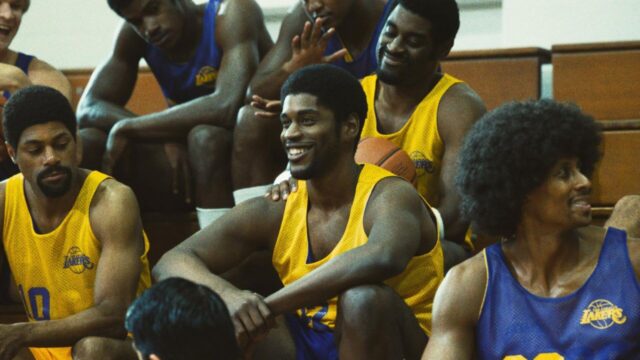
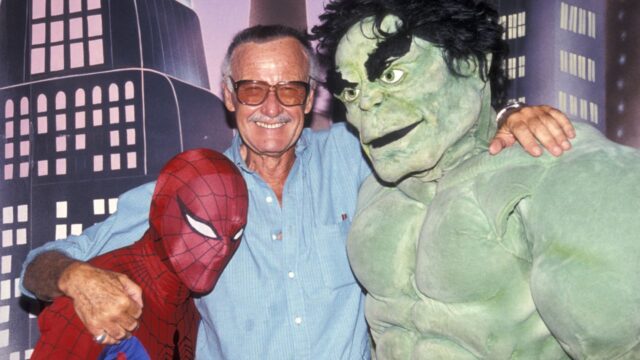


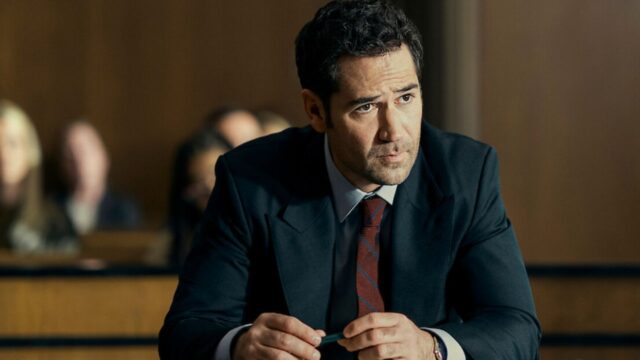



No Comments on Unveiling the Chaos: Shocking Truths from Netflix’s Jerry Springer Documentary